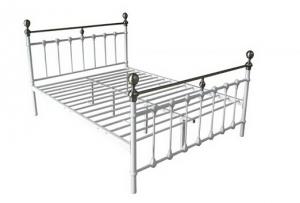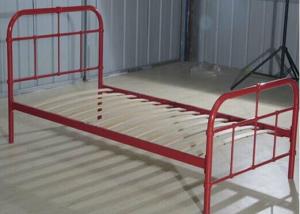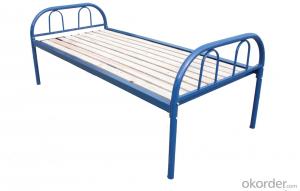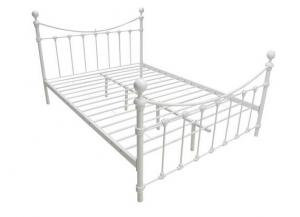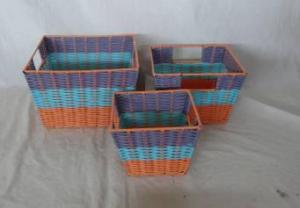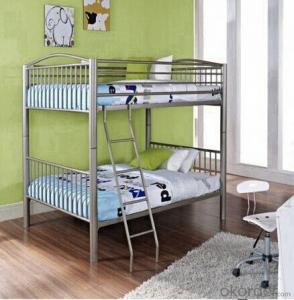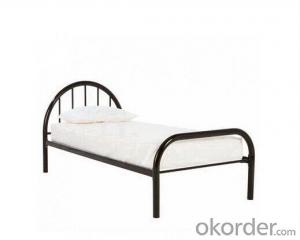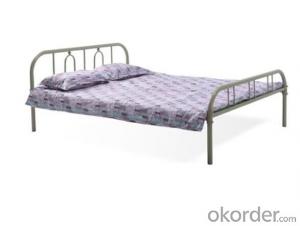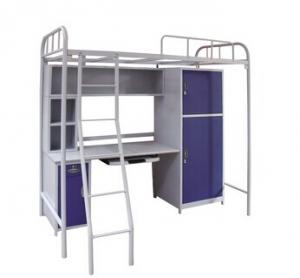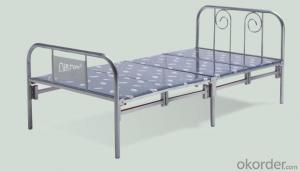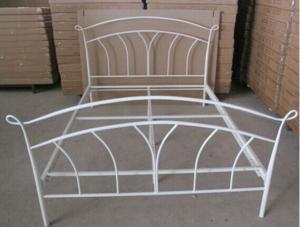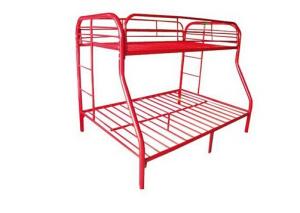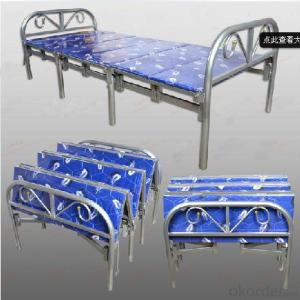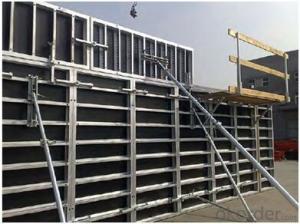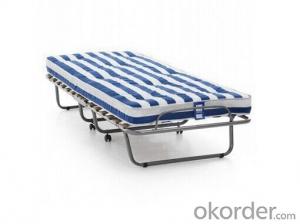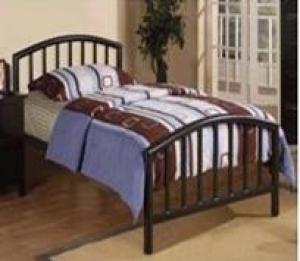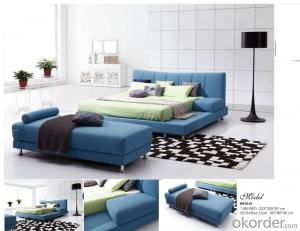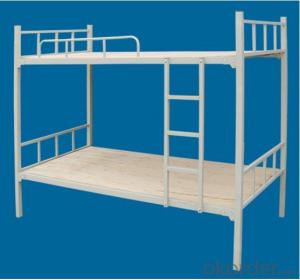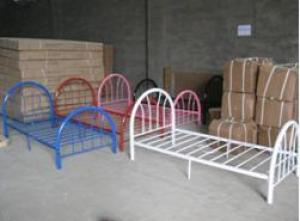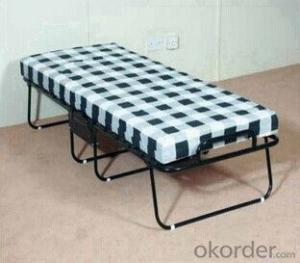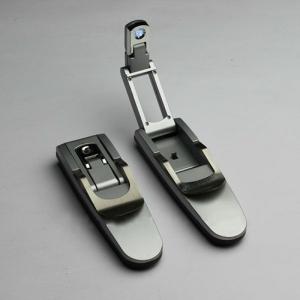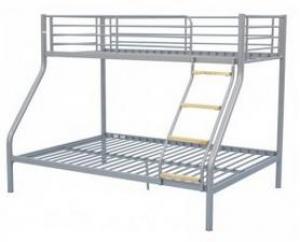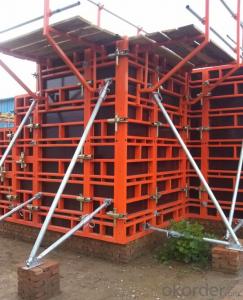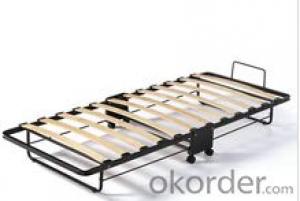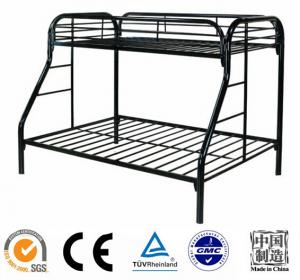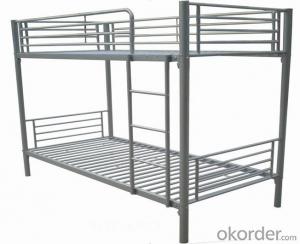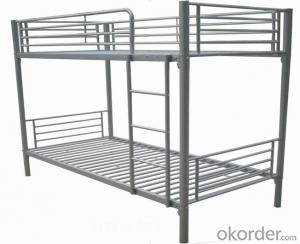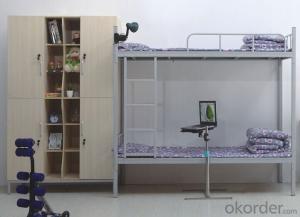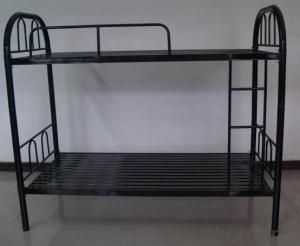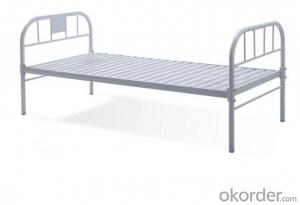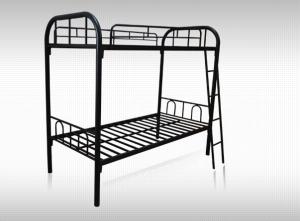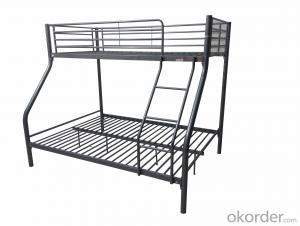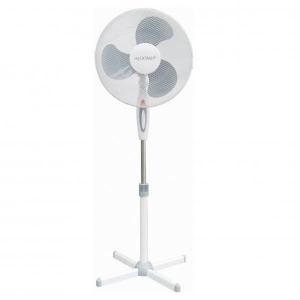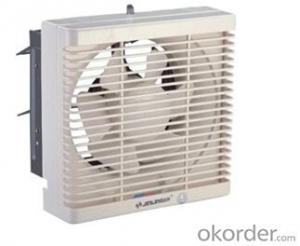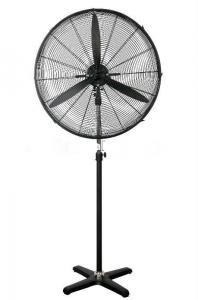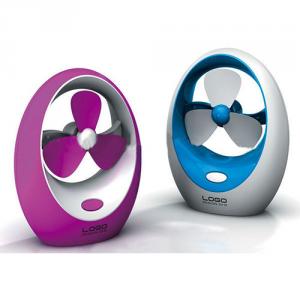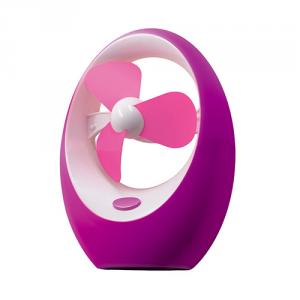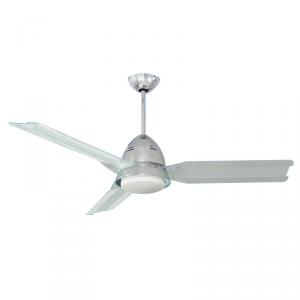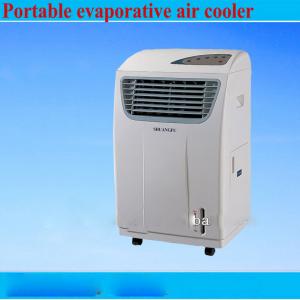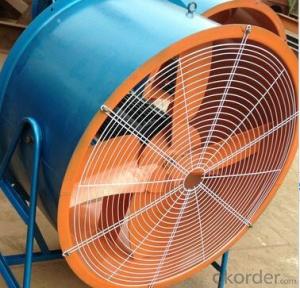Metal Frames For Beds
Metal Frames For Beds Related Searches
Iron Bed Frames Metal Double Bed Frame Steel Frames For Furniture Iron Beds Frames Iron Frame Bed Iron King Bed Frame Silver Bed Frame Iron Full Bed Frame Bed Frame Wheels Stainless Steel Bed Frame Platform Bed Frame Wall Lights For Bedrooms Lights For Bedroom Walls Iron Bunk Beds Platform Twin Bed Frame Eyeglasses Frames For Men Grinding Wheels For Metal Used Bedroom Sets For Sale Hanging Ceiling Chairs For Bedrooms Bunk Beds With Mattresses Metal Shop Cabinets For Sale Bedroom Led Ceiling Lights Bunk Beds For Girls Used Hotel Bedding For Sale Grinding Tools For Metal Led Reading Lamp For Bed Used Hotel Beds For Sale Bedroom Wallpaper For Sale Insulating Aluminum Window Frames Led Lamps For CeilingMetal Frames For Beds Supplier & Manufacturer from China
Metal frames for beds are a popular choice among consumers due to their durability, strength, and sleek design. These frames are crafted from high-quality materials, ensuring they can support the weight of a mattress and provide a sturdy base for a comfortable night's sleep. They come in various styles and sizes, making them suitable for a wide range of bed types and preferences.The application of metal frames for beds spans across numerous usage scenarios, from residential homes to commercial establishments such as hotels and dormitories. These frames are particularly favored for their ease of assembly and disassembly, making them an ideal choice for temporary or portable sleeping arrangements. Additionally, their resistance to wear and tear makes them a cost-effective solution for long-term use.
Okorder.com is a renowned wholesale supplier of metal frames for beds, boasting a vast inventory that caters to the diverse needs of customers worldwide. With a commitment to quality and customer satisfaction, Okorder.com ensures that each metal frame for beds meets the highest industry standards. By offering competitive prices and efficient shipping, Okorder.com has established itself as a reliable source for metal frames for beds, making it easier than ever for customers to find the perfect bed frame for their needs.
Hot Products
